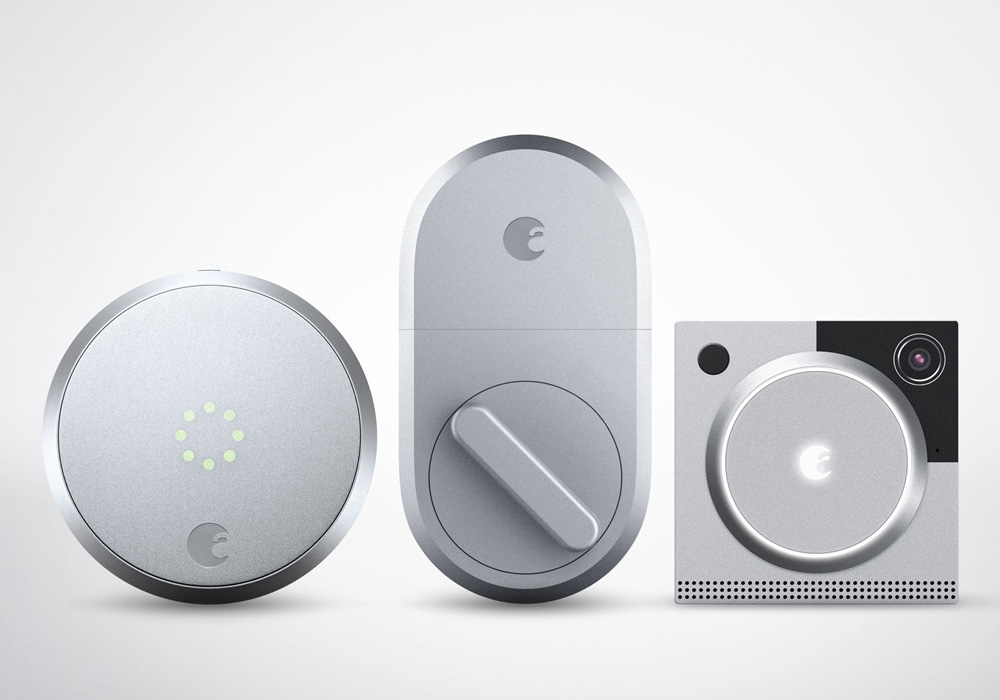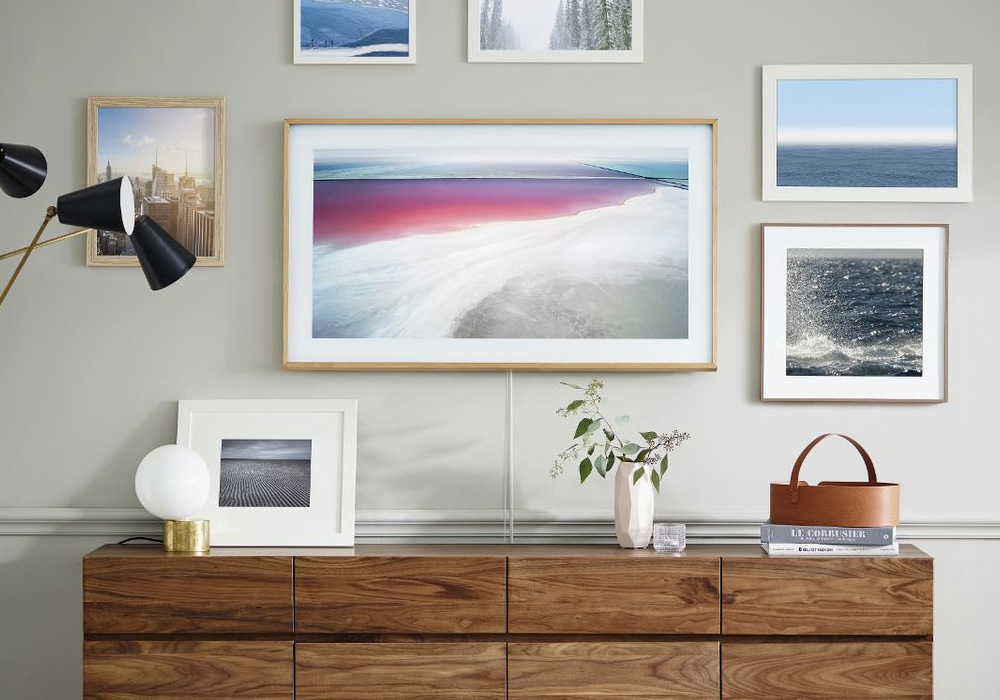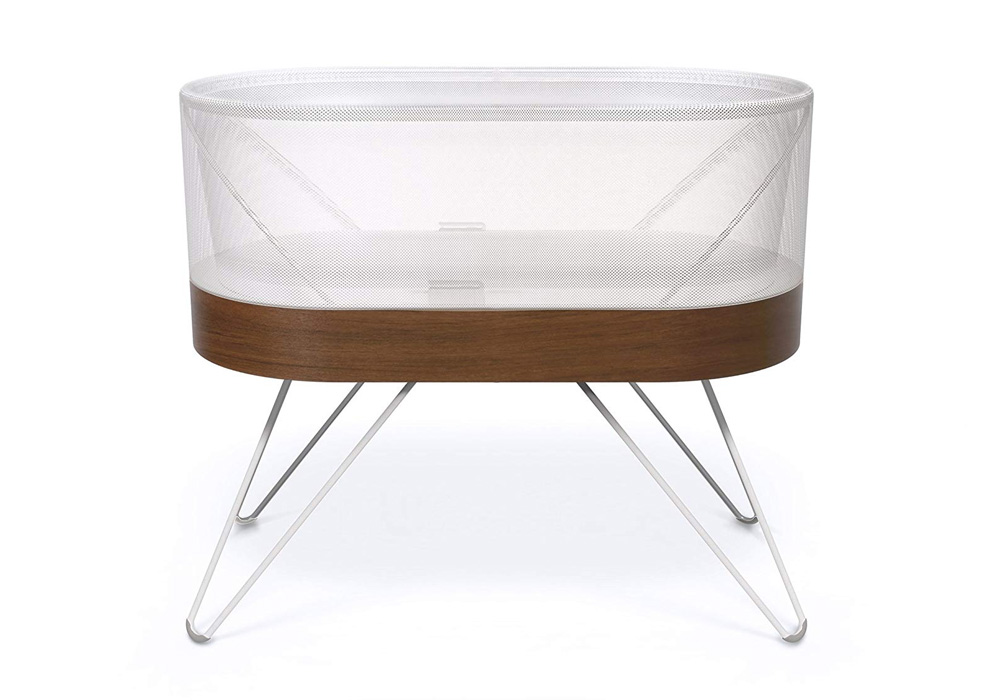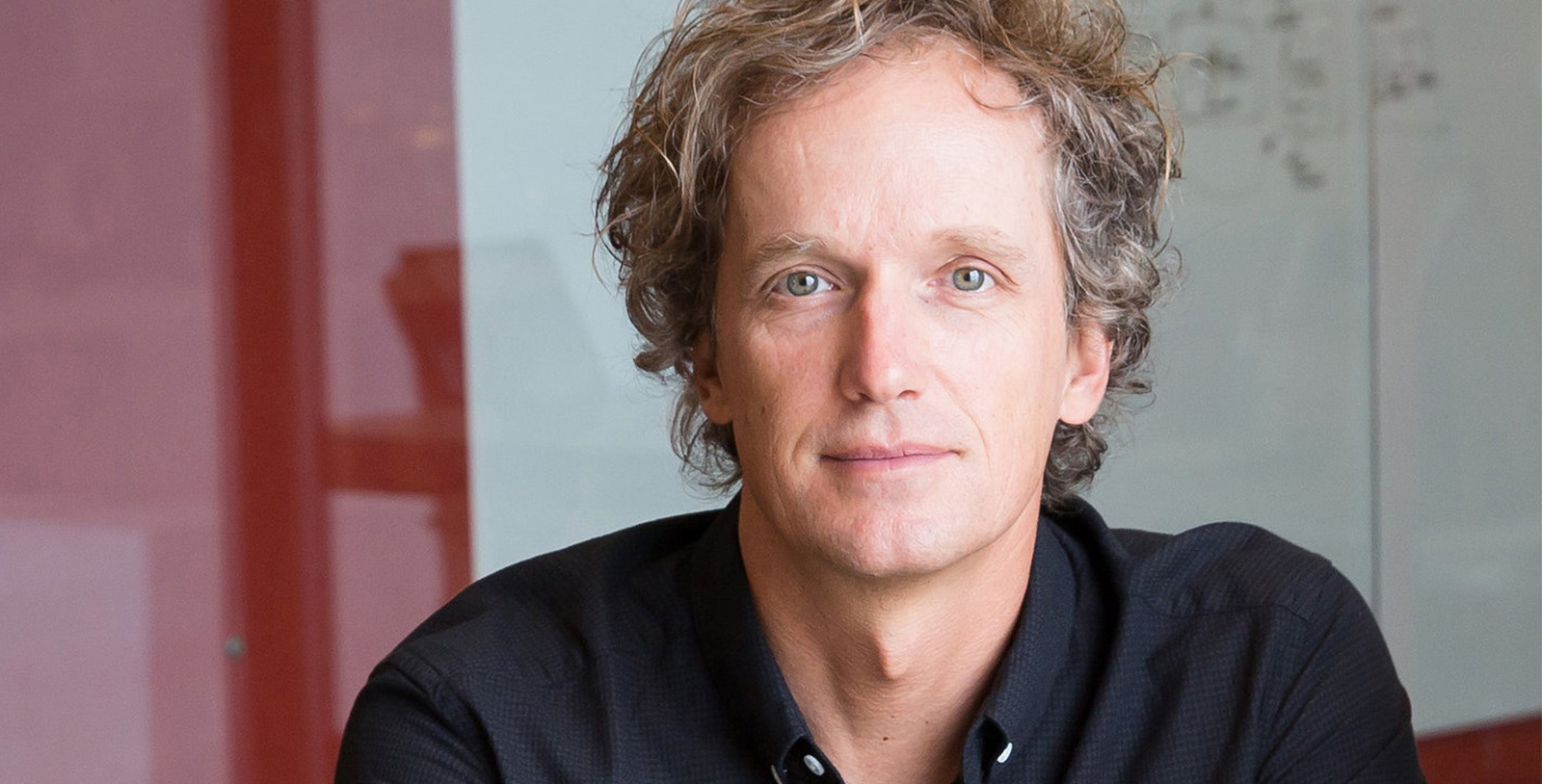Yves Béhar Is Already Designing Solutions to the New Decade’s Problems
Yves Béhar is like the Lin-Manuel Miranda of industrial design — seemingly everywhere and endlessly creative. Even if you don’t know his name, you know his work. Born in Switzerland but based in San Francisco, he runs a design agency called Fuseproject which, among other things, has created SodaStream water spritzers, chairs for Herman Miller, wearable tech for Jawbone, TVs for Samsung, cologne bottles for Prada, and sustainable shoeboxes for Puma.
It’s no wonder that he’s won nearly every award and accolade in the design world, including, most recently, being named International Guest of Honour at the 2020 Interior Design Show in Toronto (which opens January 16). We caught up with him before the show to talk about how he built a booming design business, the benefits of being an outsider, and how design will evolve in the next ten years.

The August smart lock.
Congratulations on being named this year’s International Guest of Honour at IDS Toronto. Can you give a preview of what you’ll be presenting at the festival next Friday?
I will be talking about a number of my personal interests. One is the opportunity for artificial intelligence and robotics to address a broad range of human needs, including health care from birth to end-of-life. Another is what I call design for good, and how design can support governments, NGOS, and non-profits with their social aims, including environmental sustainability and housing.
Those are very broad, very different topics. But your work at Fuseproject is also very diverse, including $500 chairs for Herman Miller and endeavors such as One Laptop Per Child, a charity developing low-cost computers for kids in need.
Yes, I’ve never wanted to be specialized. In fact, I always joke that Fuseproject’s specialty is not having one.

The Samsung Frame television.
Is there something that unites your work, or are you like a kid in a candy store — simply excited by variety?
To me the common thread is that design a humanistic practice that can accelerate the adoption of new, transformative ideas. And that can have wide-ranging applications, from a Samsung television that looks like a framed piece of art to 3-D printed housing in the developing world.
You’re known for championing design as a driver for business, not just as an aesthetic add-on. Why do you think that good design is good business?
This is something I’ve been thinking about lately because Fusproject is turning 20, so I’ve been reflecting on why we do what we do. Conviction is a big motivator. But so is survival. And how does an agency like Fuseproject survive, working with the same clients for many years? It’s not by charging high hourly rates that people don’t want to pay after a while. It’s by proving that our clients get good returns on their investments. Design fuels that. Look at companies like Apple. They focus on design across their whole brand identity, including user experience, retail, and technology. They’re successful.
How did you develop your own business sense? Was it from working at Lunar Design, where you were before Fuseproject and where Apple was a client?
It’s an interesting question. Coming from Switzerland, it’s in my cultural background to want to build relationships. I think being an immigrant also has something to do with it. Immigrants often have a tough set of challenges. I came to America without a lot of connections to support me. And that pushed me to be more creative and adaptable, think of things anew. Living in San Francisco is also great. It’s allowed me to meet so many amazing entrepreneurs and work with so many start-ups. That’s taught me to be both cost effective and innovative at the same time.

The SNOO smart crib.
Who have you worked with lately?
I spent almost six years collaborating with a pediatrician named Dr. Harvey Karp on a smart crib called the SNOO. It helps newborn babies, and therefore new parents, sleep better. That was a very special adventure in design. Dr. Karp had never been an entrepreneur before. We had no idea if the project was going to turn out, let alone resonate with people. But it’s been very successful so far.
I know a couple of parents who’ve used a SNOO and they say it’s amazing. But six years? That’s a long time. How did you stay enthusiastic and committed?
In a way, you have to put low percentage odds on a positive outcome. You don’t want to be disappointed if things don’t work. But at the same time, I really just believed in the idea. That helped me and the team put in a lot of energy. There’s really no other way to explain it.
We just started a new decade. Do you have any hopes for what you’d like to see happen in the next ten years?
I think the first decade of the century was design re-establishing itself as a tool for business. The second decade really confirmed that design can drive that success, with things like user experience proving to be very powerful. For this next decade, I’m actually hoping that design can go beyond business, and develop new ways to live sustainably. There’s no excuses why that shouldn’t happen. Design has all the tools, and people are hungry for change. They don’t just want reports about impending environmental catastrophes. They want solutions.










